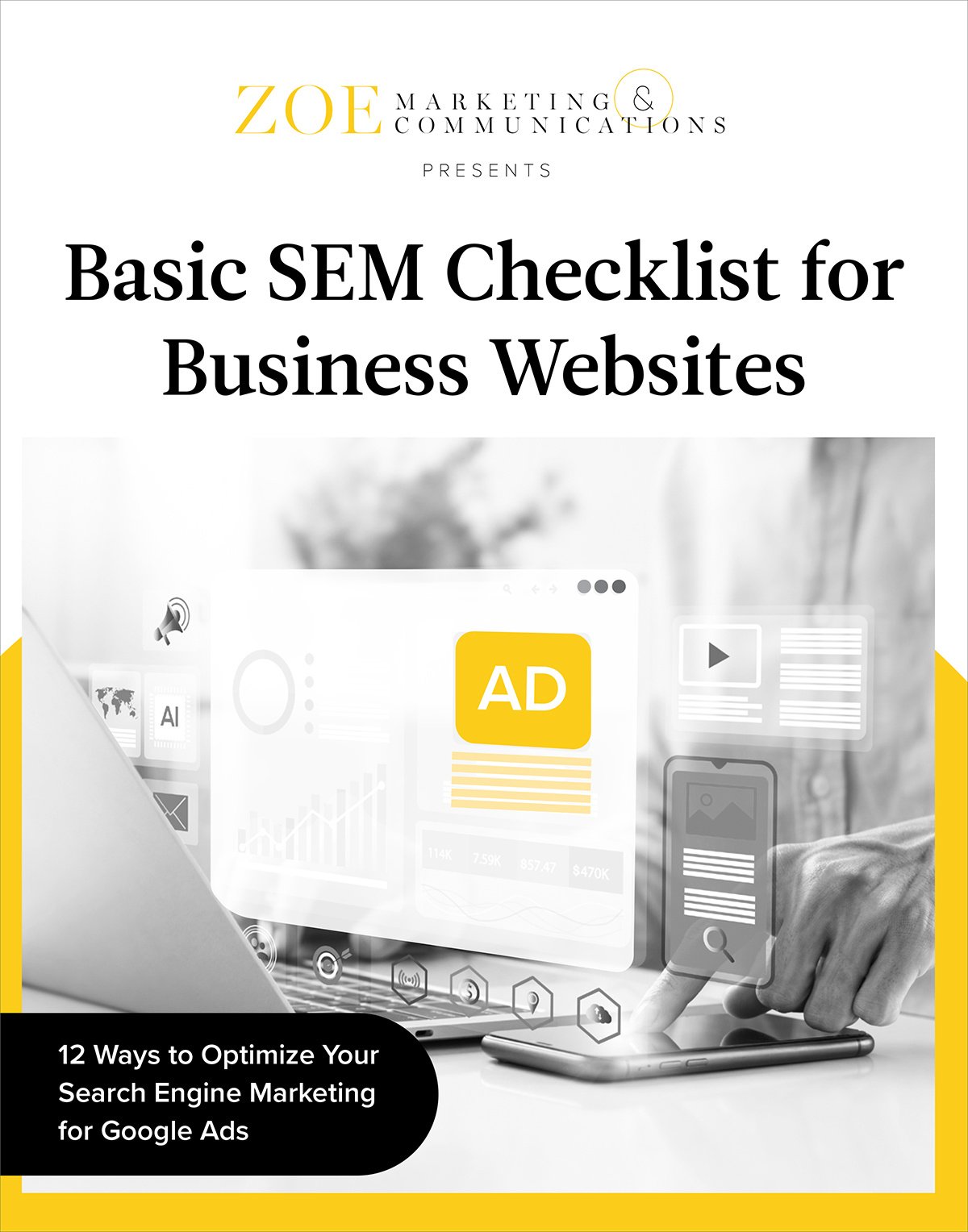
Download Your Basic SEM Guide
Learn how Google Ad Grants can support your nonprofit’s digital strategy, from eligibility to the application process and tips for maximizing yours.
Topics:
November 30th, 2023 | 2 min. read
By Kim Kovelle

We naturally tune out repetition. It’s like getting “highway brain” on a long, unchanging drive.
The same thing happens with SEM (search engine marketing) ads. Whether text-based or designed, people ignore them if they see them too often.
Worse, 91% say ads feel intrusive, and many actively block them.
SEM ads work best when they’re varied, compelling and well-targeted. Zoe Marketing & Communications has helped businesses navigate this balance successfully since 2020.
Here, we break down what ad fatigue is and three key ways to prevent it.
Discover 12 essential steps to optimize your search engine marketing to attract more prospective clients on Google.
Ad fatigue happens when people see the same ad too many times. It’s like hearing the same song on repeat — you stop noticing, or worse, get annoyed.
This can lead to:
The good news? While 83% of people say not all ads are bad, HubSpot says, 56% find them “insulting to their intelligence.” Smart marketing avoids this trap.
Rotating ad text and design keeps people engaged and prevents overexposure.
🎨 How to do it:
🎨 When to do it: Refresh every 30-60 days—90 days max—to maintain engagement.
🎨 Example: A college prep program
Testing different ad variations and audience segments helps prevent fatigue and maximize performance.
🧪 How to do it:
🧪 When to do it: Adjust if ...
🧪 Example: Home improvement company
Proper timing and tracking ensure ads remain relevant and effective.
🗓️ How to do it:
🗓️ When to do it:
🗓️ Example: Jewelry retailer
Ad fatigue is real — but avoidable. You’ve learned how it helps to update ad creative, refine targeting and schedule ads strategically.
Need expert support? Talk to us at Zoe Marketing & Communications. We can help optimize your SEM ads for better performance.
Not ready yet? Keep learning more about SEM:

Learn how Google Ad Grants can support your nonprofit’s digital strategy, from eligibility to the application process and tips for maximizing yours.
As Zoe Marketing & Communications’ content manager, Kim Kovelle brings over 20 years of writing and editing experience in metro Detroit. She has strong roots in community journalism and a knack for making complicated topics make more sense.
Topics:
